- Home
- Max Verstappen Faces Smoky Battery Issue in Thrilling Canadian Grand Prix Practice
Max Verstappen Faces Smoky Battery Issue in Thrilling Canadian Grand Prix Practice
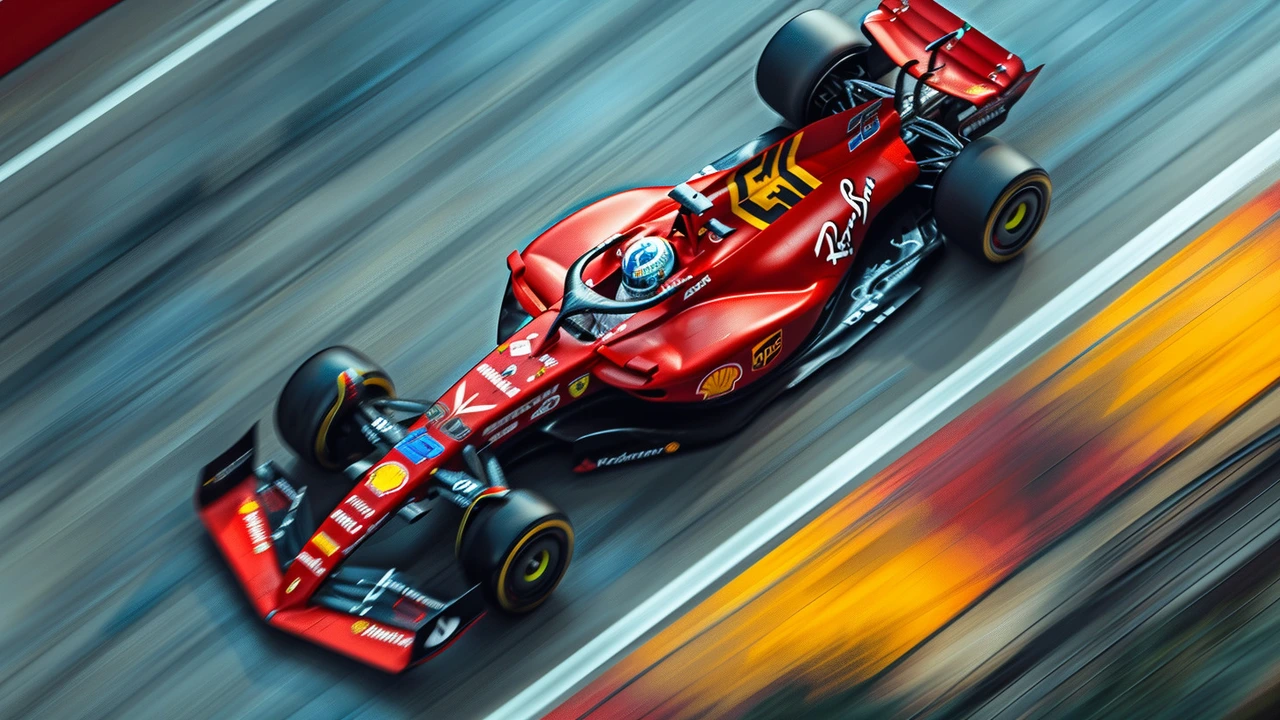
Max Verstappen's Early Exit Due to a Smoky Battery Issue
The Formula 1 Canadian Grand Prix's practice sessions are a time for teams to fine-tune their cars and strategies under the specific conditions of the track. This time, however, Max Verstappen, the current points leader, faced an unexpected setback. During the second free practice session, he encountered a smoky battery problem that forced him to cut his session short. The Dutch driver left the track after completing merely four laps running on dry tires.
The Red Bull team later clarified that the smoke emanating from Verstappen's car was attributable to a battery issue. This incident underscores the high-stakes nature of Formula 1, where even the smallest technical glitch can have significant implications. Verstappen himself noted that identifying the precise cause of the problem is crucial to avoid such issues in future races, emphasizing how every practice session is an essential component of their overall strategy for the season.
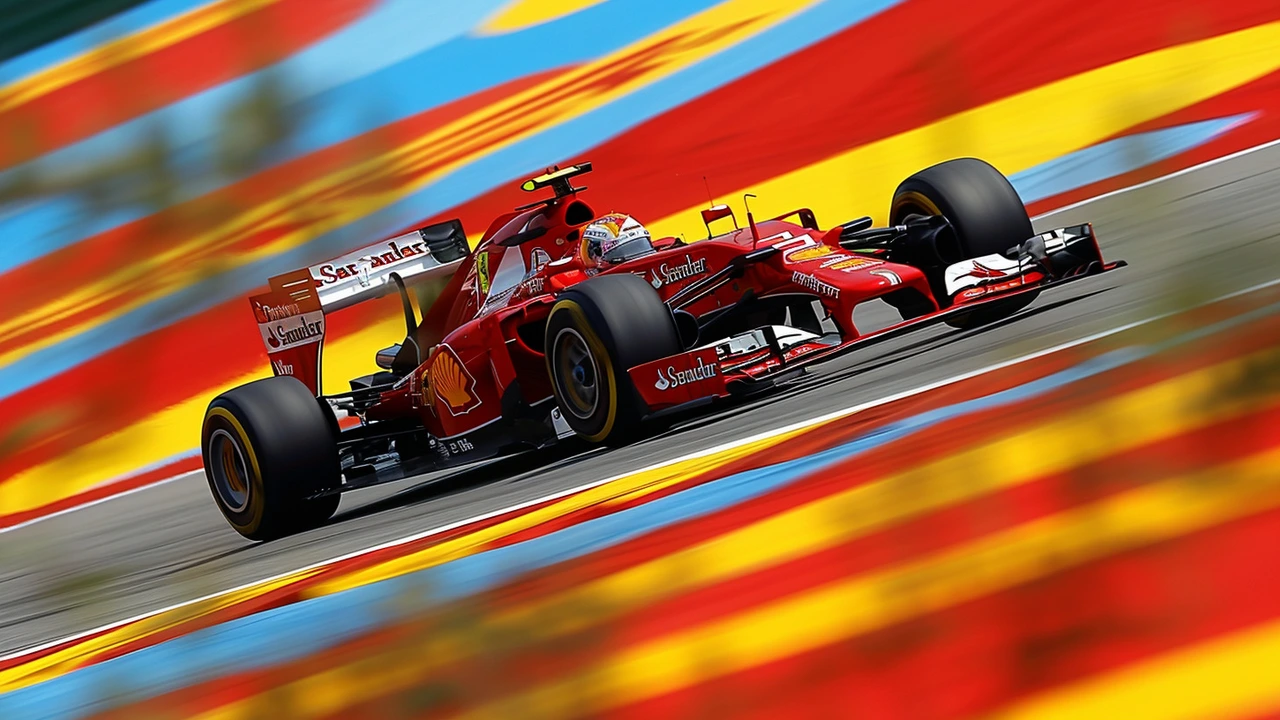
Weather Throws a Curveball
While Verstappen's battery issue was making headlines, the weather decided to play its part in adding drama to the Canadian Grand Prix practice. The session saw incredibly unusual weather conditions, shifting rapidly from summery skies to heavy rain, lightning, and hail. The storm was so severe that event organizers had to clear spectators from the grandstands for their safety. The turbulent weather delayed the start of the session by 22 minutes as teams and drivers waited for the storm to subside.
These weather interruptions had a significant impact on the session. Several drivers, including Zhou Guanyu of Alfa Romeo and his teammate Valtteri Bottas, struggled to maintain control of their cars in the changing conditions and slid off the track at various points. Lewis Hamilton of Mercedes described the weather as highly unusual, remarking on the abrupt shift from summer-like weather to a full-fledged storm with rain and hail.
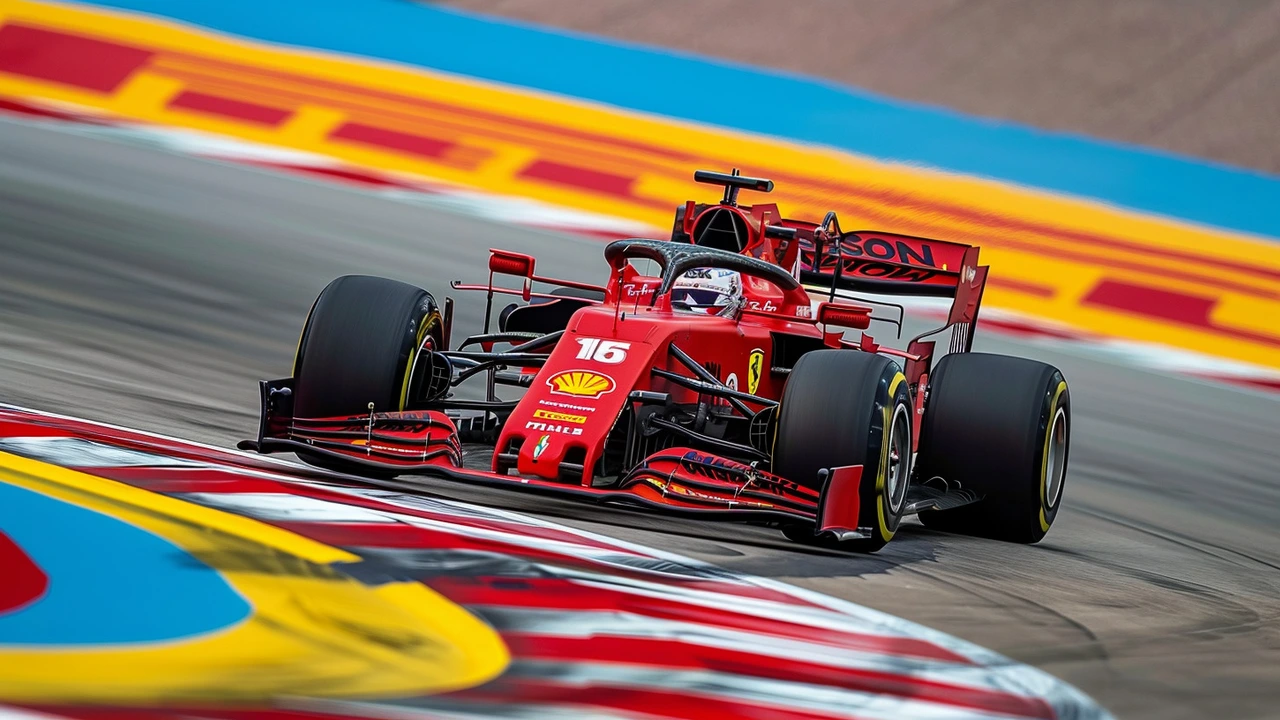
Performance Amidst Chaos
Despite the multiple challenges, some drivers managed to showcase remarkable performances. Fernando Alonso of Aston Martin eclipsed his competitors by posting the fastest lap time of 1 minute, 15.810 seconds. He was followed closely by George Russell of Mercedes, who clocked in at 1:16.273, and Lance Stroll of Aston Martin, with a time of 1:16.464. These times indicate not just skill but also the resilience required to adapt quickly to unpredictable situations.
The challenging weather conditions added an extra layer of complexity to the practice session. Teams had to constantly adapt their strategies, switching between different types of tires and making on-the-fly adjustments to their cars' setups. This adaptability and quick-thinking are what often separate the best teams from the rest, providing an extra edge that can be crucial in actual races.
Looking Ahead to the Weekend
With more rain forecasted for the weekend, teams are bracing for further unpredictable conditions during both the qualifying rounds on Saturday and the race on Sunday. The weather could introduce additional variables that teams will need to consider, from tire choices to overall race strategies. Such scenarios can level the playing field to some extent, bringing in an element of unpredictability that excites both drivers and fans alike.
The upcoming days will be crucial for all teams, particularly for Red Bull as they analyze and address Verstappen's battery issue. Ensuring that their vehicles are in optimal condition will be a priority, given the engineering challenges that come with variable weather conditions. Verstappen himself is determined to look forward, focusing on mitigating risks and maintaining his lead in the championship standings.
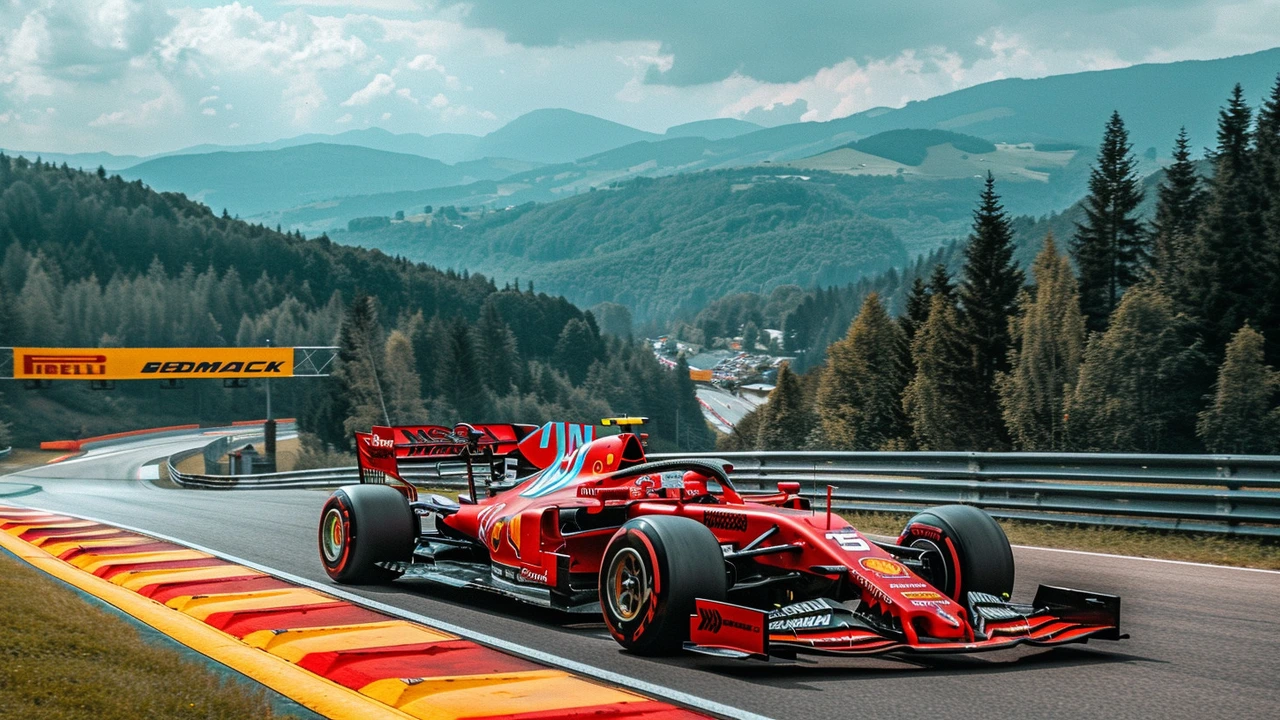
Anticipation and Strategy
As the weekend unfolds, the narrative at the Canadian Grand Prix will be closely watched. Fans and analysts alike will be observing how teams adapt to the weather and overcome technical challenges. Verstappen's early exit in practice might be a small hiccup in his otherwise stellar season, but it serves as a reminder of the relentless and unpredictable nature of Formula 1 racing.
The sport is not just about speed; it's also an intricate dance of technology, strategy, and skill. Every component of a Formula 1 car is a marvel of engineering, and every decision made by a team can significantly impact the outcome of a race. The Canadian Grand Prix is already promising to be an exhilarating spectacle, filled with anticipation, strategy, and the sheer joy of high-speed racing.

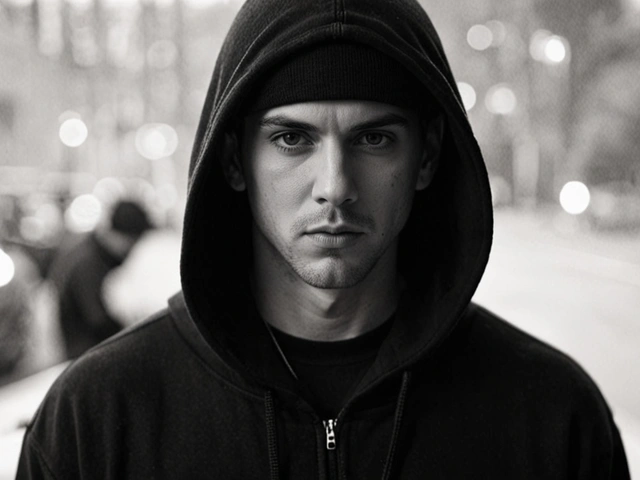
Write a comment